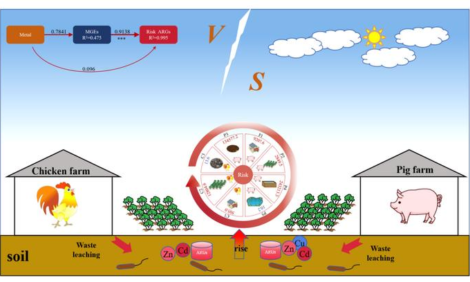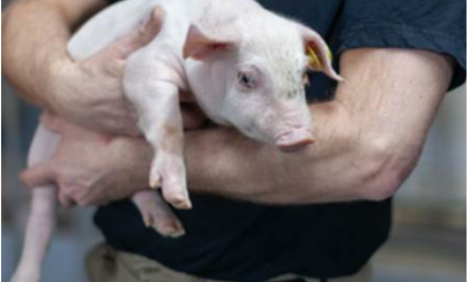



Russian Pork Production To Recover in 2005
By USDA Foreign Agricultural Service - This article provides the pork industry data from the USDA FAS Livestock and Products report for Russia. A link to the full report is also provided. The full report includes all the tabular data which we have omitted from this article.Report Highlights
Russian production of meat is forecast to remain stable in 2005 as three percent growth in pork output offsets a drop of four percent in beef. The Russian beef herd is forecast to continue its decline as it deals with the consequences of high slaughter rates in 2003/04 that severely diminished herd size. Russian imports are not forecast to completely fill tariff rate quota (TRQ) levels on pork or beef due mainly to problems in Russia's administration of the measures in Q1 2004.
Executive Summary
Production of meat is forecast to remain stable in 2005 as growth in pork production
increases by three percent, to 1.79 million metric tons (MMT). As a result of better supplies
of feed, the Russian pig crop is expected to expand faster and the slaughter rate and size will
return to normal levels. The Russian beef herd and production is forecast to continue its
decline as it deals with a poor financial situation from 2003/04 and consequences of
slaughter rates that severely diminished herd size.
Russian imports in 2005 are forecast at 500,000 MT and 700,000 MT for pork and beef. Strong exports from Ukraine and other Commonwealth of Independent States (CIS) countries are playing a growing role due to their preferential access to the Russian market. However, Russian imports are not forecast to completely fill the TRQs due to problems in administration in Q1 2004 and policy and market changes relating to the European Union and its expansion.
Production
Russian Federation swine production is forecast to increase by three percent in 2005, to
almost 37 million pigs. Improvements in the feed supply and continued high prices are
expected to support increased herd numbers. Pork production is also forecast to increase by
three percent in 2005 due to the larger pig crop and a return to normal slaughter weights.
Forecast 2004 pork production was decreased by one percent compared to the previous
forecast due to a high slaughter rate at less than average weights. Slaughter rates in the
spring of 2004 were high due to low feed availability, which should return to normal as a
result of an adequate grain crop.
Small farms continue to play a large role in Russia’s livestock industry (see RS4009 for
more details). In 2004, small farms held 53.9 percent of all cattle, 50 percent of pigs, and
72.4 percent of sheep and goats, compared with 51.9 percent, 46.7 percent and 71 percent
in July 2003. The increasing percent of livestock on the smaller farms resulted from
reduction in the number of large farms due to the strain of high grain and fodder prices
from the fall of 2003 through spring of 2004.
Though the overall efficiency of small farms is generally lower than big enterprises, in times of trouble the small farmers hold or increase animal numbers as a store of wealth. By providing a continuous supply, small farms have helped agricultural producers and the meat processing industry survive. Generally,
agricultural experts view large, corporate-style farms as the future of Russian livestock husbandry, while small farms will cover the needs of farmers markets and rural families.
To view the full report, please click here (PDF)
Source: USDA Foreign Agricultural Service - August 2004








